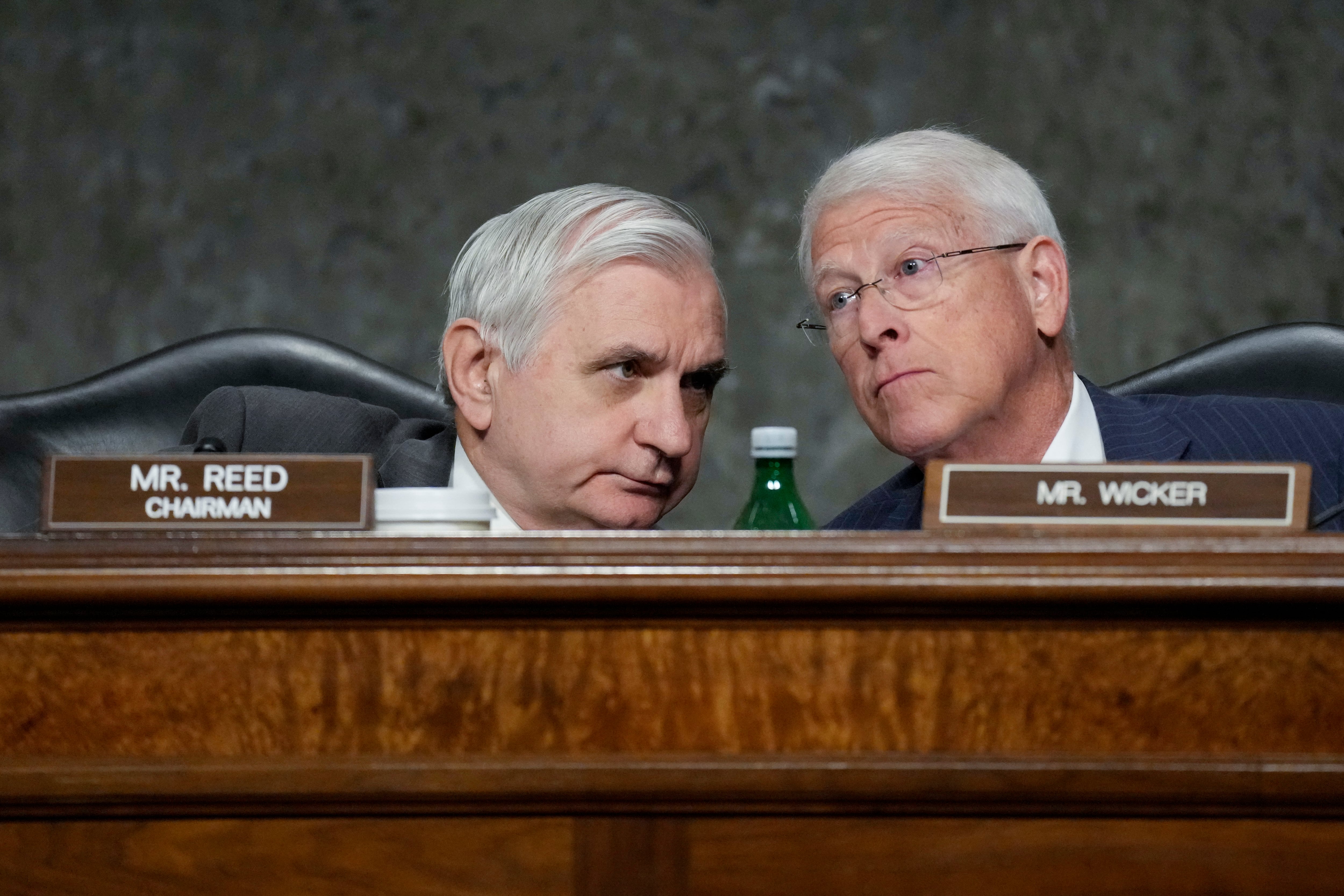The Eisenhower Carrier Strike Group will be the lead ships of the new Optimized-Fleet Response Plan that starts in 2015. The plan aims to lock in more predictable deployment schedules and to boost crews' time at home from 50 percent to 68 percent during each 36-month cycle.
2015 is set to see some long deployments for ships, especially flattops. The carriers Carl Vinson and Harry S. Truman are slated to wrap up 10-month deployments in the summer and fall, respectively. By contrast, the Ike is scheduled for a 7-month pump when it deploys in 2016, the new standard in the plan to shorten deployments.
Adm. Phil Davidson, who took the helm of the Norfolk-based Fleet Forces Command Dec. 19, must confront many hurdles, including:
Fixing the Truman. The carrier will deploy a half a year early while workers continue to fix the Ike. That cut Truman's maintenance availability far short. The flattop will have to catch up upon its return; otherwise it could lose up to eight years off its service lifespan.
Repair issues. Because of the high operational tempo, ships need a lot of work when they return. Upward of 60 percent of avails are not finishing on time, though Vice Adm. William Hilarides, head of Naval Sea Systems Command, said he expects predictions to be far more accurate in 2016 and beyond. Those longer overhaul times are a huge hurdle to the implementation of O-FRP.
Budget cuts. Arguably the greatest challenge Davidson could face: a second round of sequestration cuts scheduled to take effect Oct. 1. Sequestration will cut money from readiness accounts such as ship availabilities, aircraft depot and flying hours, as it did in 2013. If a ship can't be fixed on time, it can't enter its training evolutions on time, and O-FRP — as well as 7-month deployments — will be impossible to achieve.




